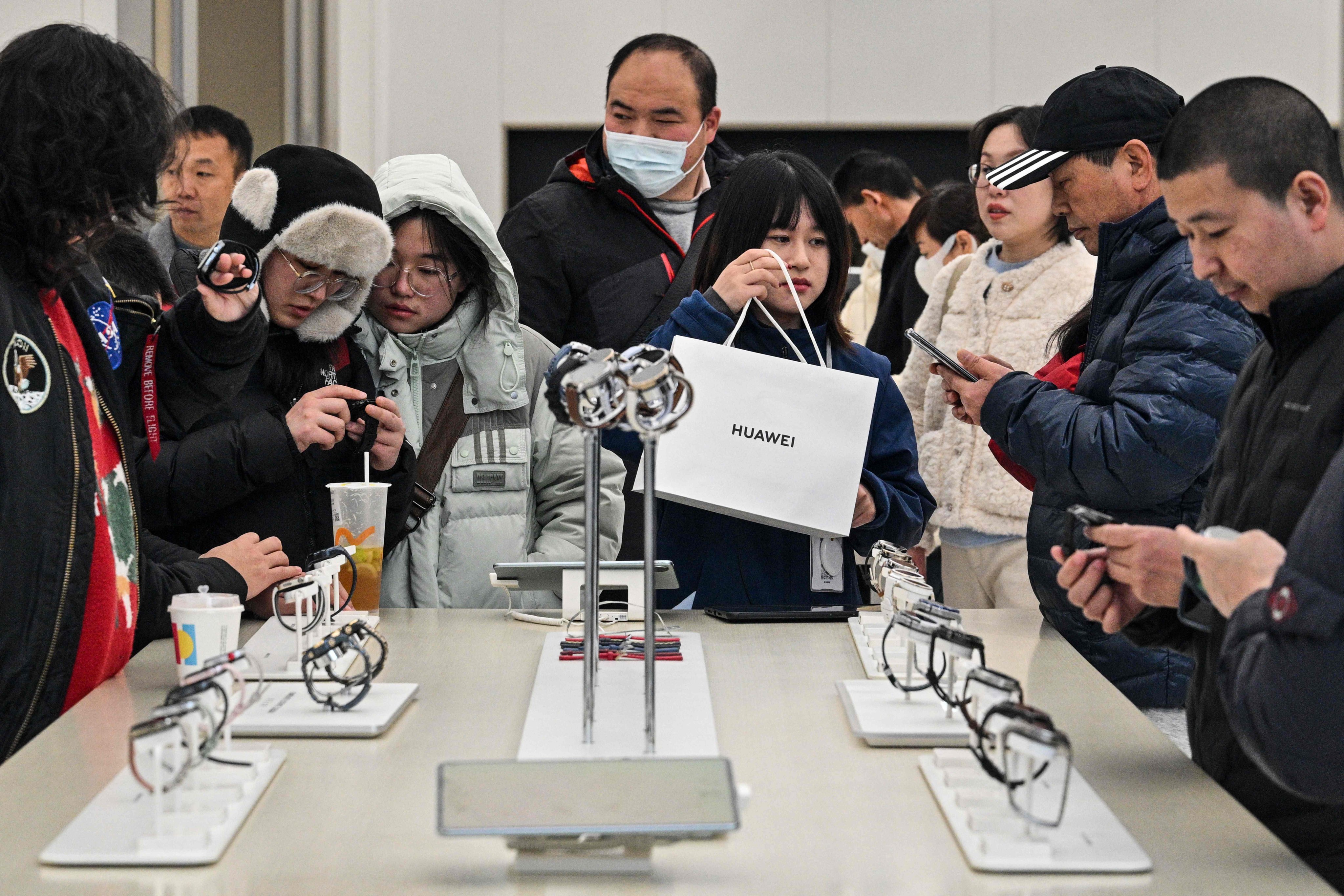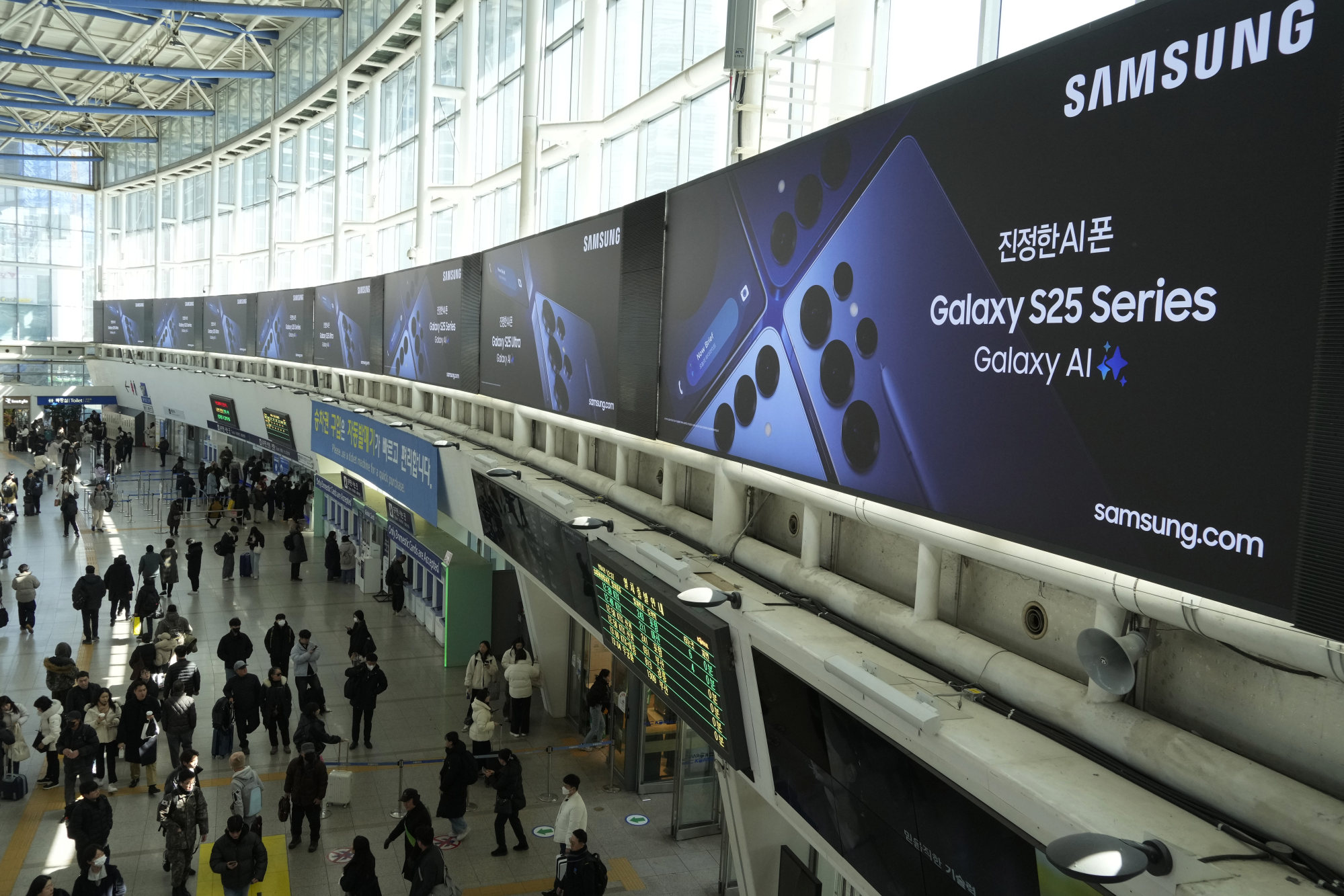4 Lesser-known Factors Shaping China’s Destiny

Much ink has been spent discussing the tropes of China’s opportunities and challenges. On the former, China is a massive and fiercely competitive single market which, for all its ebbs and flows, is once again innovating and will eventually succeed. On the latter, geostrategic rivalry, low welfare and in turn consumption, insufficient intellectual property protection, and atypical controls on flows of capital and corporate data continue to plague international confidence.
I will touch on four key issues that are less commonly discussed, but nevertheless important: energy and food security and the US dollar; the role of capital markets in economic transformation; Global South engagement; and China’s intrinsic attractiveness.
China’s energy and food security is deeply intertwined with its dependency on the US dollar, in which most global trade is denominated. China is the world’s largest importer of energy, spending US$420 billion in 2024 on crude oil, refined petroleum products and liquefied natural gas, mainly from Saudi Arabia, Iraq, the United Arab Emirates and Russia. China is also the world’s largest food importer, accounting for 60 per cent of global soybean imports for instance.
This sheer import volume makes China highly dependent on the US dollar, and in turn, vulnerable to US sanctions. Simultaneously, whatever export advantage China gains from weakening the renminbi, it pays for in pricier imports, which pressures its food and energy security.
To mitigate these challenges, China has relied on three pathways – transitioning to clean energy, diversifying food and energy imports, and most broadly, de-dollarisation.
De-dollarisation most directly tackles the root of the aforementioned problems, yet is the hardest to accomplish, due to external and internal factors.
Externally, global reserve currencies are very hard to displace. The British pound remained the world’s reserve currency for nearly 30 years after the United Kingdom was no longer the largest economy. Moreover, China’s major trade partners today are the United States, Japan, South Korea, Vietnam and Australia. They have no incentive to desert the dollar standard, while the countries that are willing to do so are not major traders.
As such, targeted – rather than broad-based – de-dollarisation in specific trade corridors for food and energy may suffice to alleviate China’s legitimate national security concerns.
Internally, China’s current account surpluses and tight control of offshore renminbi markets suppress the effectiveness of its initiatives for the petroyuan, bilateral swap lines, offshore clearing banks, the Cross-Border Interbank Payment System and cross-border central bank digital currencies.
So what else can China do? For now, ensure that trading in yuan is in third countries’ self-interest, and help them interlink with faster and cheaper payments solutions built by China, in addition to existing prevailing options.
From 2015 to 2025, the MSCI China Index’s modest annualised return pointed to the limits of state-driven economic ascension. At the same time, other countries have shown that attempts to transform the economy without a healthy capital market will incur trade-offs that China may find unacceptable.
South Korea’s government invested heavily in helping chaebol export, but produced a level of market concentration unheard of in the developed world. Large-scale industrial bank loans powered Germany’s post-war growth, but resulted in debt accumulation and an inability to invest in high-risk, high-reward sectors. Singapore’s rise was primarily driven by foreign direct investment, but this impels a capitalist orientation and a porosity to immigrants.

Conversely, capital markets have three key advantages in transforming China’s economy.
The first is that they mobilise a diverse pool of capital from a wide range of investors. This supplies, through the discipline of market-driven capital allocation, the massive amounts of funding that next-generation sectors, such as clean energy, green infrastructure, robotics, biotech, semiconductors and AI, require.
Second, public companies must disclose their financials and follow governance standards. This uses public scrutiny to promote trust and accountability, which is often missing in opaque state-led financing or FDI negotiations. The real-time feedback of share prices also allows swift reallocations of capital in response to changing market conditions.
The third advantage is boosting domestic savings and investments by allowing individuals to share in the country’s prosperity. Investing prudently in stocks and bonds creates wealth for less effort compared to employment, raising domestic consumption while exerting less pressure to enact social welfare and income redistribution.
President Xi Jinping’s recent meeting with business leaders is an encouraging first step, but many more are needed for mature capital markets: strengthening both corporate governance and the initial public offering registration system, reducing policy unpredictability, rebuilding foreign investors’ confidence, and supporting a long-term investment culture with financial literacy.
If successful, China will gain a crucial lever in economic transformation.
China can neither completely domesticate its food and energy supply, nor afford to close off its economy. To secure long-term access to supplies and customers alike, and offer an alternative to Western influence, China must look to secure the support of the Global South. This starts with identifying areas where China has met the myriad needs of the Global South, and where it has not.
What has China done well? It doesn’t interfere in other countries’ domestic politics, and takes a pragmatic and businesslike approach to diplomacy. Chinese investments are also cheaper, quicker and easier to obtain than those from the West. Other than China, few countries are willing and able to provide infrastructure investments on a transformative scale, be it the Mombasa-Nairobi railway in Kenya, the Jakarta-Bandung high-speed rail in Indonesia, or Gwadar port in Pakistan.
Countries in the Global South won’t bemoan having more options. They welcome multipolarity, which for now means welcoming China.
But how can China improve? Put simply, China sells too much while buying too little, and what little it buys tends to be sensitive.
Firstly, China’s massive current account surplus has been displaced by Western trade restrictions towards the Global South. Unsurprisingly, the Global South is quietly enacting a flurry of trade protections to salvage their small and medium-sized enterprises’ livelihoods. There’s no point in cheap goods if everyone is jobless.

Secondly, some Chinese investments have minimal local involvement, relying on materials and workers from China while avoiding domestic alternatives. But relegating locals to “observer status” for projects in their own backyards can create a perception that Chinese investments can only succeed by bringing China overseas. Is that so different from Western countries holding the Global South to Western values?
Thirdly, China’s investments in the Global South are often extractive, focusing on raw materials instead of industrial development. Countries risk becoming overdependent on China rather than diversifying. Literally trucking soil away in front of local bystanders only evokes negative memories of Western imperialism.
China’s foreign aid and investments into frontier markets must take the form of a helping hand, not handouts. These investments must engage and benefit local communities, instead of local oligarchs whose interests are not aligned with the people’s. Like any other donor country, China has some good principles in place, but as usual, what ultimately matters is execution.
It is also important not to gloat prematurely over narratives of the US shooting itself, and its allies, in the foot. Unilateralism, polarisation and protectionism were also prevalent in the US at multiple points in the 20th century, yet America stands tall.
However bad the trade war gets, tariffs are not an effective way to reduce trade imbalances. As long as US manufacturing costs are high, the rest of the world must make up the US trade deficit. Indeed, for all the rise in intraregional trade in Asia, the US is often the final consumer.
The Global South is more pragmatic than ideological. Just as the world did not abandon engagement with China because of its Wolf Warrior diplomacy, it will not abandon engagement with the US just because American policies are increasingly unpredictable. As long as the US remains the undisputed economic, military and cultural power in the world, most bridges burnt can and will be repaired when the opportunity arises.
This does not mean the US will reign supreme forever. China should differentiate itself by convincing the world that it is reliable, trustworthy and resolute in embarking on self-improvement. And three recent examples point to China’s burgeoning potential: DeepSeek, and .
DeepSeek’s most impressive aspect is that many of its researchers were fresh graduates and postgraduates from Chinese universities with no industry experience. The lab doesn’t rely on funding or computing capacity from Chinese internet giants.
By taking an unusually permissive open-source approach, DeepSeek is enabling wider and faster adoption by businesses at lower cost. In fact, more than one US lab have recreated DeepSeek-like models for less than 400 yuan (US$55), and we’ve also seen a flurry of Chinese AI releases in recent weeks. This seriously impacts competitors’ revenue potential and draws other countries towards China’s AI ecosystem.
Next, Ne Zha 2. The US is the undisputed world leader in soft power, whether in pop culture, music or film. But in recent years, Hollywood has lost its mojo, overdoing diversity and collapsing under political correctness without the grounding of good storytelling.
This left a void which Ne Zha 2 filled, having broken into the all-time global top 10 of box office earners. The film was produced by a crew of 4,000 from 138 local animation companies. This is more labour-intensive than the Hollywood average, yet its US$80 million production cost is still very low.
The same can be said for Black Myth: Wukong, China’s very first triple-A game. Game development is a brutal business, demanding unforgiving hours and deep technical skills for low pay. As production costs in the US continue to bloat, the opening for China and other emerging markets grows.
Moreover, unlike leading studios in the US, developer Game Science had patient and supportive investors standing by it through thick and thin for 10 years. Time will tell if the future of triple-A games lies beyond America.
More broadly, China needs goodwill with the rest of the world, and Chinese games and films can play an outsize role in facilitating understanding and reducing its trust deficit. It remains to be seen if China can continually repurpose Chinese stories with universal appeal, though 2024 was a highly promising start, and the conditions for arbitrage are ripe.
In conclusion, 15 years ago, there was much wishful thinking that the global financial crisis had sent the US into permanent economic decline. That same wishful thinking exists today with China’s current slowdown. Both are dead wrong.
China is the only country in the world with the four key ingredients for technological supremacy: a cluster of world-class universities producing a large pool of intellectual property and human talent; a deep and wide-ranging manufacturing capability enabled by efficient supply chains; a knowledgeable and well-capitalised venture capital and private equity sector constantly on the hunt; and a large market of consumers with insatiable appetites for innovative products.
The onus is thus on China to capitalise on these nascent wins, and any global goodwill America cedes, in the long journey of fulfilling its dreams.
Popular Products
-
 Camping Survival Tool Set
Camping Survival Tool Set$106.99$73.78 -
 Put Me Down Funny Toilet Seat Sticker
Put Me Down Funny Toilet Seat Sticker$35.67$16.78 -
 Stainless Steel Tongue Scrapers
Stainless Steel Tongue Scrapers$24.99$16.78 -
 Stylish Blue Light Blocking Glasses
Stylish Blue Light Blocking Glasses$61.99$42.78 -
 Adjustable Ankle Tension Rope
Adjustable Ankle Tension Rope$38.99$26.78